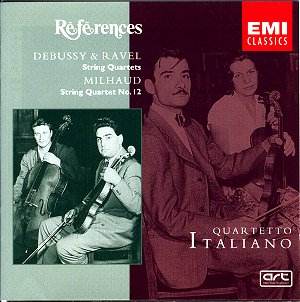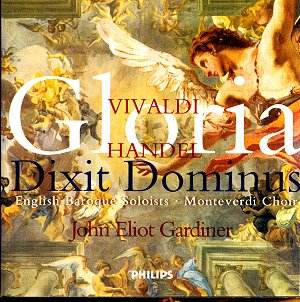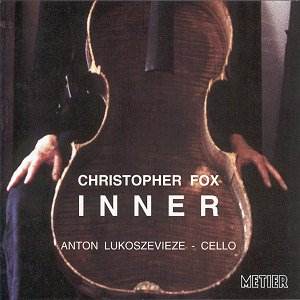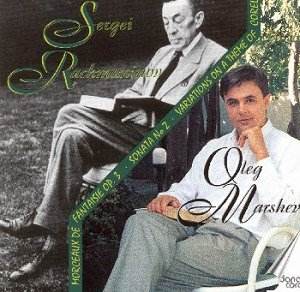 Composer: Franz Liszt (1811-1886), Joseph Haydn (1732-1809), Franz Schubert (1797-1828)
Composer: Franz Liszt (1811-1886), Joseph Haydn (1732-1809), Franz Schubert (1797-1828)
Works: Sonetto 104 del Petrarca, Berceuse, Valse Oubliée no. 1, Sonata in B minor, Andante and Variations in F minor, Impromptus, D.899: nos. 2-4
Performers: Sir Clifford Curzon (pianoforte)
Recording: Recorded at the Edinburgh Festival (Leith Town Hall) 5.9.1961 (Liszt), BBC Studios, London, 30.3.1961 (Haydn), 24.12.1961 (Schubert)
Label: BBC Legends BBCL 4078-2
Sir Clifford Curzon’s interpretations of Liszt, Haydn, and Schubert on this BBC Legends recording encapsulate the profoundly individual character of an artist often overshadowed by more flamboyant contemporaries. Liszt’s works in particular, especially the Sonata in B minor, reveal Curzon’s nuanced approach to a composer whose virtuosic demands often elicit either grandiloquent bravura or lyrical sentimentality. Curzon’s performance emerges as a compelling synthesis of both, reflecting not only the emotional breadth of Liszt’s music but also the pianist’s own complex relationship with the material.
Curzon’s rendition of Liszt’s Sonetto 104 del Petrarca is especially noteworthy for its emotional dichotomy. He juxtaposes surging passion with introspective contemplation, a choice that diverges from the more straightforward interpretations of some of his peers, such as the visceral intensity of Horowitz or the poetic delicacy of Lipatti. Curzon’s fingers seem to probe into the keyboard, unearthing harmonic subtleties that resonate with both urgency and restraint. The recording, though slightly middle-heavy, captures the luminous quality of his softer touches, which illuminate Liszt’s intricate textures. The live setting of the Edinburgh Festival imparts a palpable tension, one that Curzon harnesses to transform his nervous energy into an almost desperate desire to communicate.
Following the Liszt, the Haydn Andante and Variations in F minor reveals Curzon’s capacity for color and expression, although the close recording environment somewhat diminishes the work’s inherent warmth. Haydn’s variations, often overlooked, gain a fresh perspective in Curzon’s hands, marked by clarity and a rich palette of dynamics that keeps the listener engaged. The performance, while perhaps less adventurous than the Liszt, showcases Curzon’s interpretive finesse, proving that even lesser-known works can flourish under a master’s touch.
Curzon’s engagement with Schubert’s Impromptus, particularly nos. 2-4, introduces an intriguing complexity. The pianist’s approach here is marked by an unexpected aggressiveness, which diverges from the typically more tender interpretations associated with Schubert. While this choice invigorates the performance, the recording’s lack of spatial bloom detracts somewhat from the overall effect, leaving the listener yearning for a broader soundstage to better appreciate the subtleties of melody and harmonic interplay.
Curzon’s performance of Liszt, however, stands out as a monumental achievement. The Sonata in B minor emerges as a tour de force, characterized by what can only be described as a thrilling exploration of Liszt’s creative schizophrenia. The pianist’s ability to navigate the work’s extremes—its frenetic passages and heart-wrenching lyricism—demonstrates a profound understanding of the composer’s dualities. This performance firmly places Curzon alongside the pantheon of great Liszt interpreters.
The recording, while imperfect, captures the essence of Curzon’s artistry, revealing an artist for whom performance is more than mere technical execution; it is an act of profound communication. This collection, especially for lovers of Liszt, is essential listening, as it encapsulates the very spirit of a pianist who, despite his personal struggles, could articulate the complexities of human emotion through the piano.



